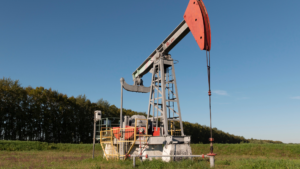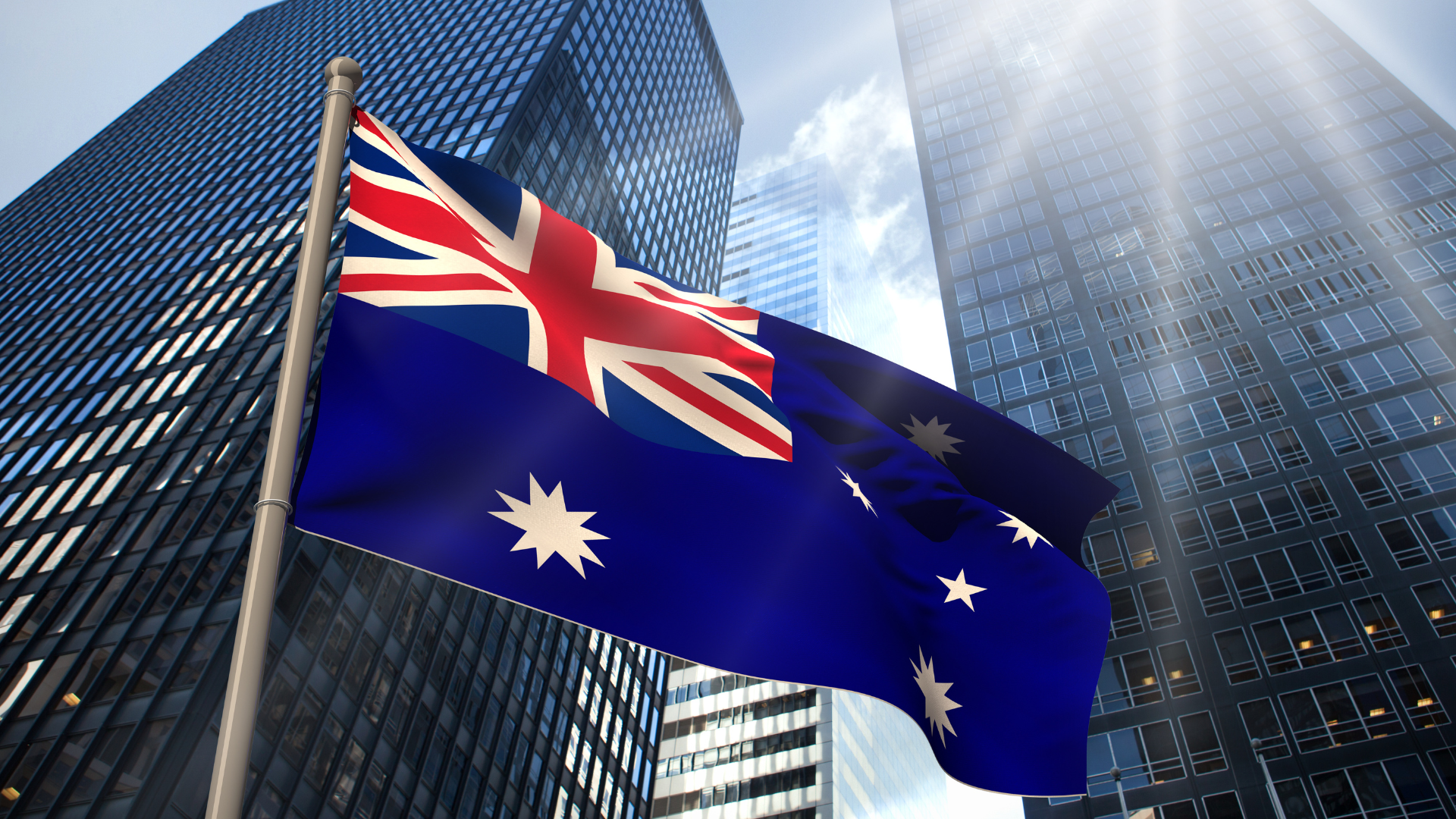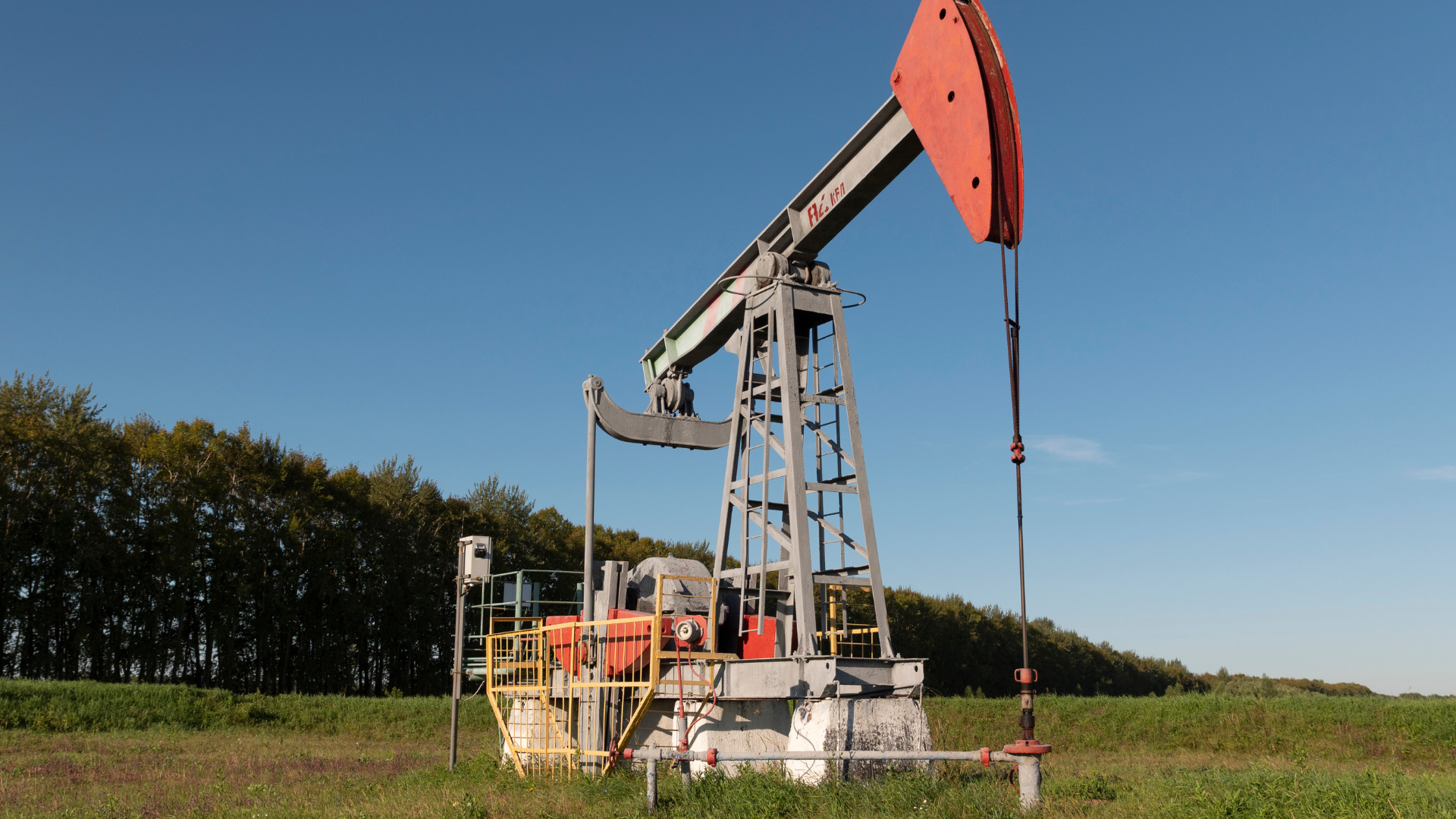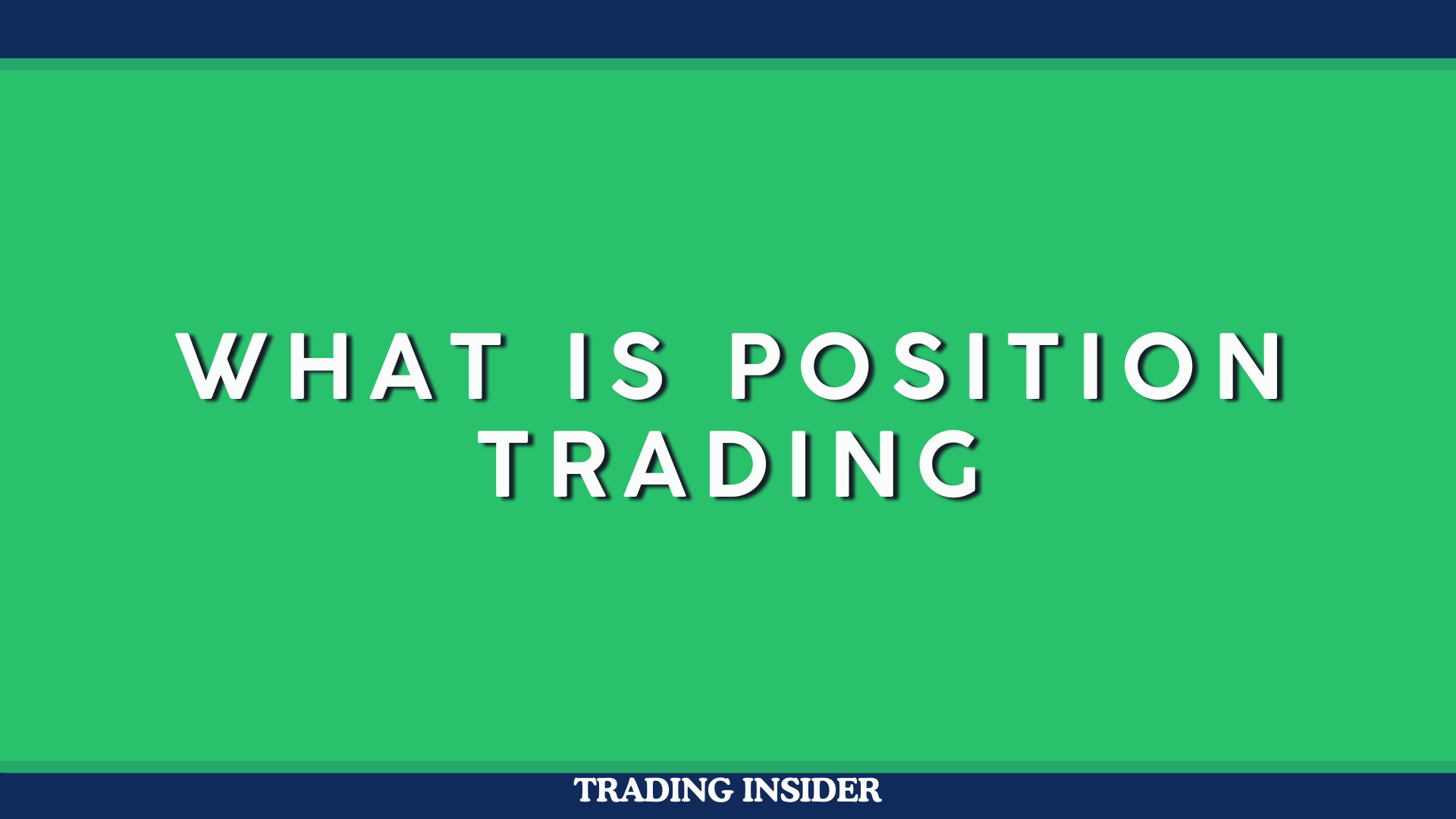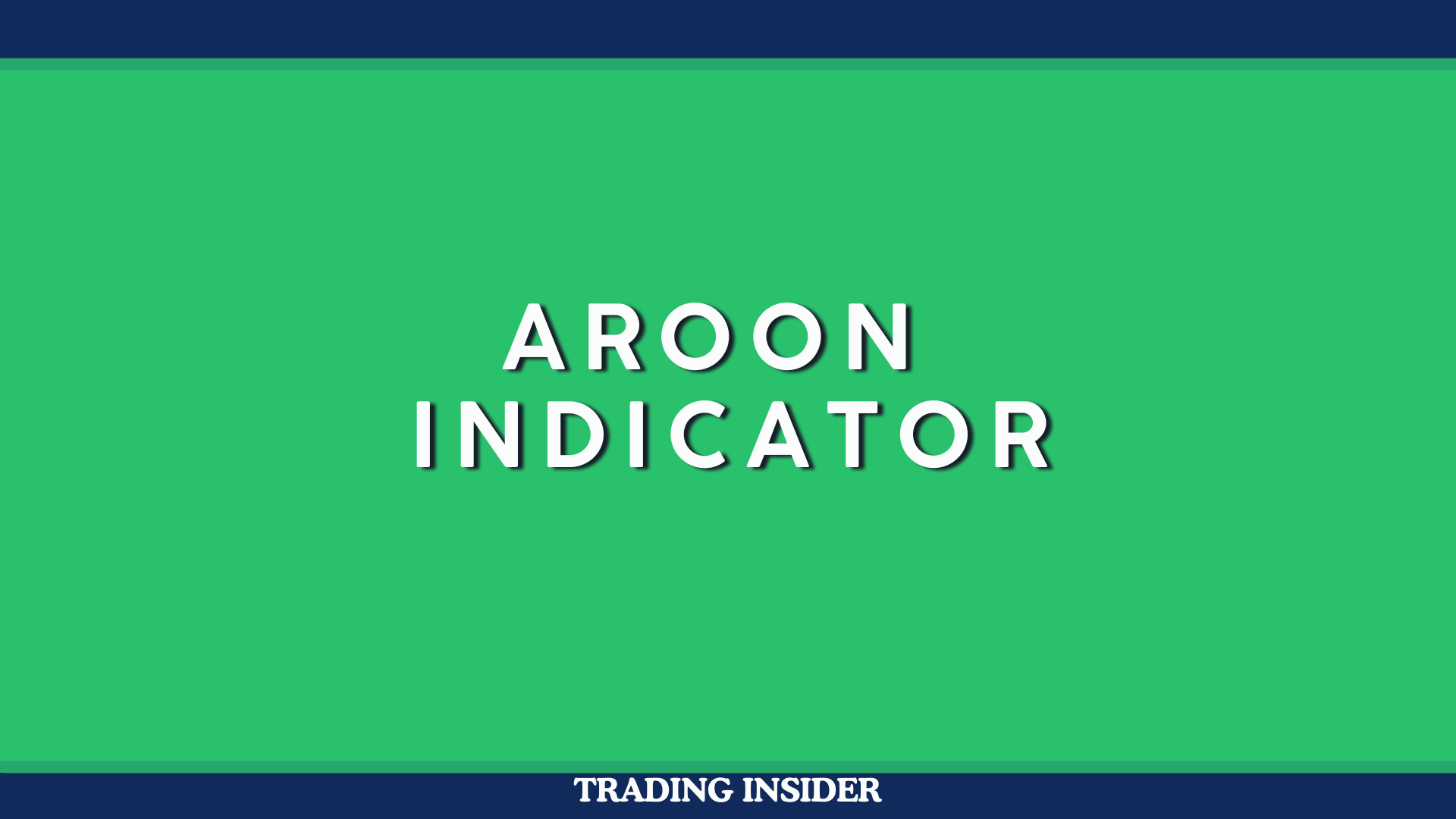In its final policy meeting of 2024, the Reserve Bank of Australia (RBA) decided to leave its cash rate target unchanged at 4.35%, a 13-year high. This decision marks the continuation of a pause in rate hikes that has lasted for over a year, following the 13th increase in a series of tightening measures that began in May 2022. The RBA also kept the interest rate on Exchange Settlement balances steady at 4.25%, signaling confidence that inflationary pressures are beginning to subside.
Inflationary risks remain, but the RBA noted that it has gained confidence that the pressures driving inflation are declining in line with recent forecasts. However, the central bank emphasized that while the situation is improving, inflation risks persist, and it will continue to monitor economic conditions closely. The Australian economy has faced persistent inflation despite the RBA’s more measured tightening approach compared to other central banks, as the RBA sought to balance inflation control with the safeguarding of the labor market, which remains a bright spot.
Looking ahead, the Australian employment report due later this week on December 12 is expected to show a slight rise in the unemployment rate, with economists predicting an increase to 4.2% in November. However, the RBA is not expected to take action on rates in the immediate future. With the next inflation data scheduled for release on January 29, 2025, and the first RBA policy meeting of the new year set for February 18, analysts do not anticipate a rate cut until the first quarter of 2025, at the earliest.
The RBA’s cautious stance in recent months reflects its balancing act between controlling inflation and supporting ongoing economic recovery, particularly in the labor market. As inflation pressures ease and economic growth stabilizes, the RBA’s decision to hold rates steady is likely to provide support for broader economic stability, at least in the near term.

